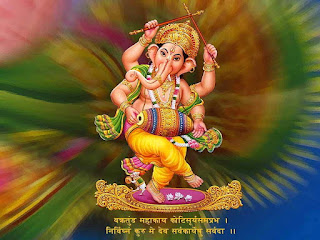 |
| Breaking the lease tonight. |
TRACKLIST “Jazz” and the influence of music from India first broadcast on RadioActiva March 9, 2023
01 John Handy - Ganeesha's Jubilee Dance
02 John McLaughlin, Jean-Luc Ponty and Zakir Hussein - Lotus
Feet
03 Pharoah Sanders - Astral Traveling
04 Cheb i Sabbah - Shri Durga
05 Ravi Shankar and Phillip Glass - Ragas in Minor Scale
06 VidyA, with Prasant Radhakrishnan – Paavanaguru
07 Brooklyn Raga Massive (Coltrane Raga Tribute) - Blue Nile
So what do jazz and Indian music, at least the classical
styles emulated here, have in common? Improvisation. Both work off of
pre-determined scales, provide an intro, and then let ‘er rip! There’s a lot of
that here and it works wonderfully well. VidyA’s music is probably the most faithful
to its roots, playing Carnatic music from southern India. Though Algerian DJ
Cheb I Sabbah’s offering is an actual cut-up of Indian music remixed with his
outsider’s taste. And then there’s Pharoah Sanders who borrows some basic
subcontinental themes while off on his astral voyage (hoping to meet up with
Jonathan Richmond?) Brooklyn Raga Massive’s tribute to Coltrane just floats
along in a most delicious way. Ravi Shankar and Zakir Hussein, amongst their
country’s greatest musical treasures, are impeccable as always. And starting
off this whole trip to lotus land is the Bay Area’s own, saxophonist John
Handy, showing us even an elephant god can be light on its feet when given the
right musical inspiration. Boogie on, Lord Ganeesha!
 |
| The Brooklyn Rhapsodics |

Comments
Post a Comment